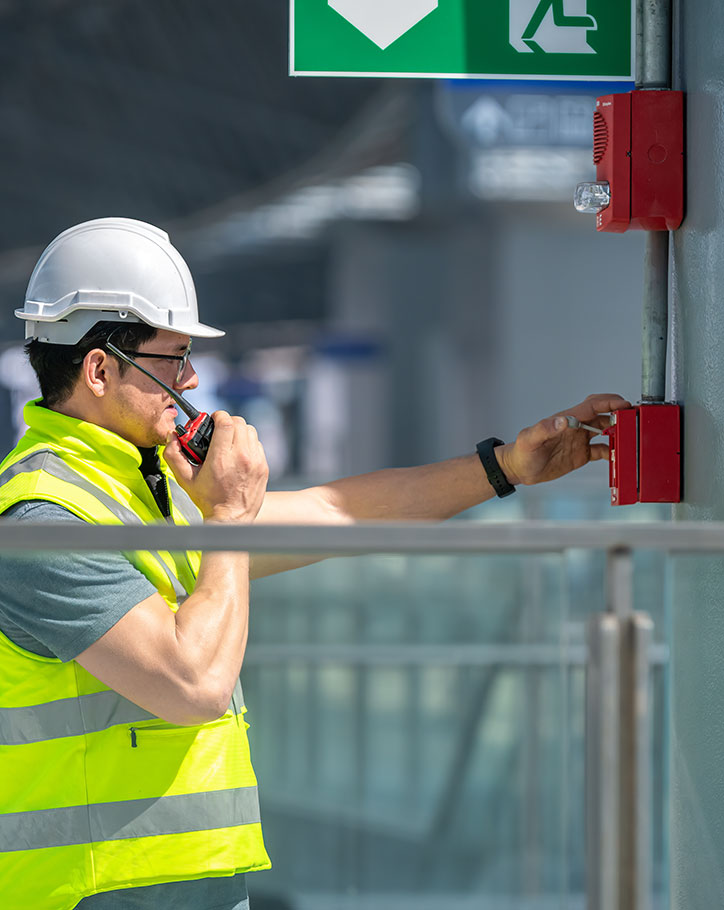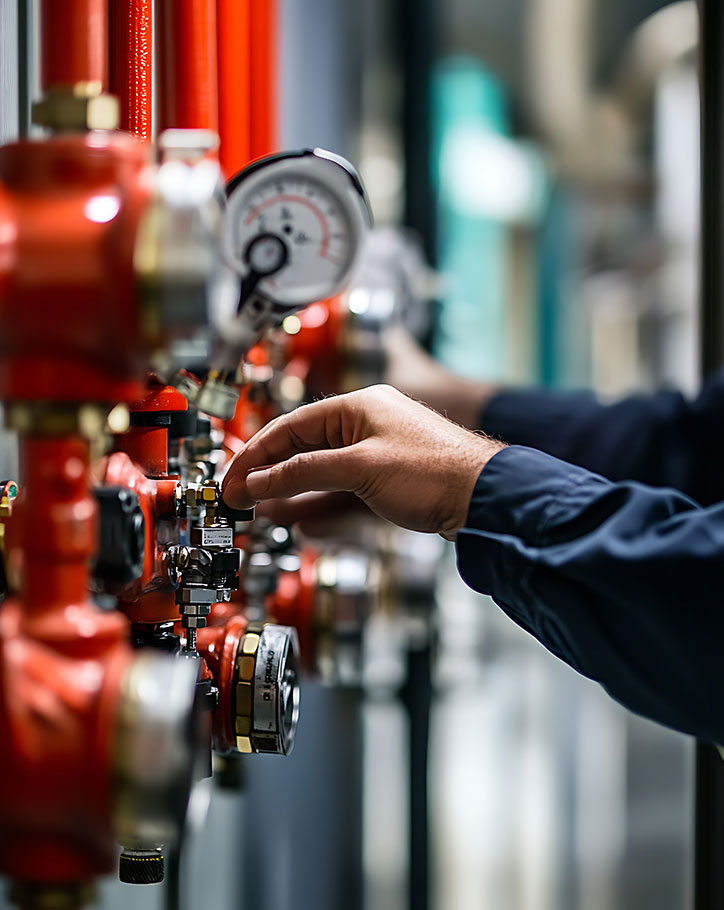The Integrated Systems Test is to confirm that life safety systems in buildings are working together to provide the level of safety intended by the BC Building Code. These systems include sprinklers, fire alarm, smoke dampers, fire shutters, hold open devices, smoke control, elevator recalls and more. All of these systems provide an important part of the overall safety for the building and their functionality must be “integrated”. These devices are tested individually, but testing as a whole is necessary to for proper functionality.
The fire alarm, when activated, should trigger certain actions. We all know the alarm bells must sound and we must exit the building but there is much more than that: there may be fire shutters that must close, hold open devices that release and fans that pressurize or exhaust certain areas, elevators must recall to the main level or recall to the alternate level.
For high rise buildings, smoke control is a significant life safety feature. Fans must exhaust certain areas and pressurize others. These systems must work synchronously to meet Code and maintain the level of safety intended by the original design of the building.
The IST test confirms the correct sequence of operation of various fire protection elements of the building and confirms the correct operation of each component.


